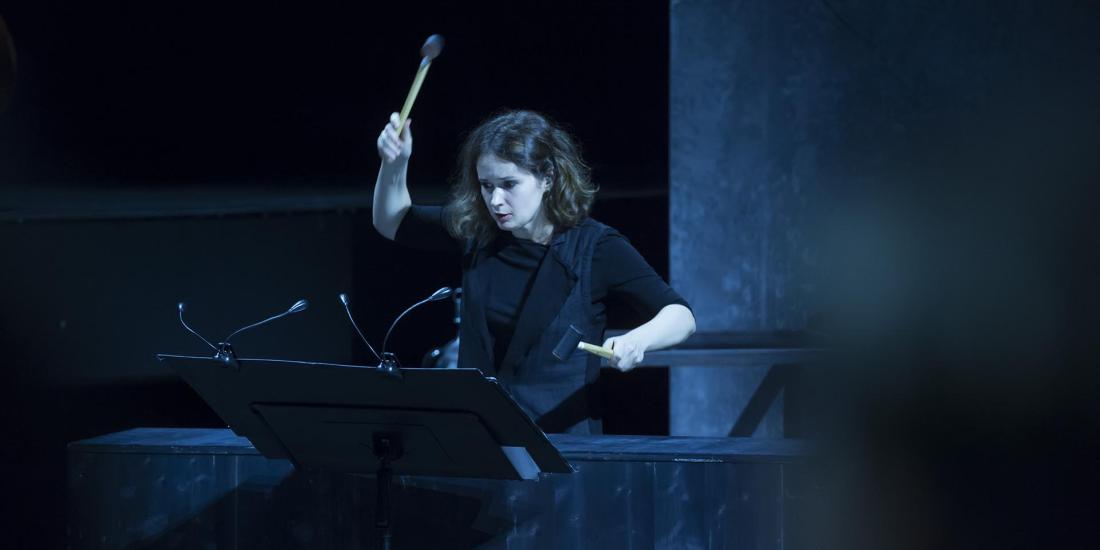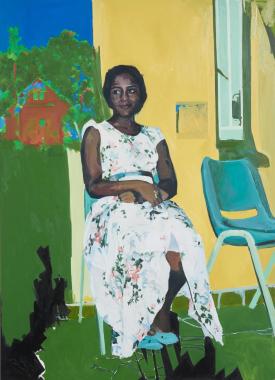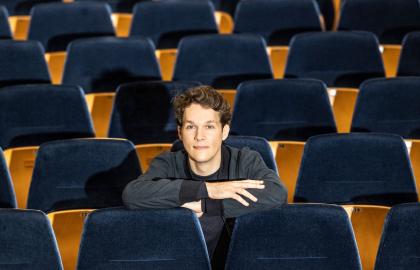Kopatchinskaja grew up in a musical family. Both parents played with the Moldovan State Folklore Ensemble – her father on the cimbalom, her mother a violinist. The young Patricia received her first violin at the age of six and was soon giving concerts. She’s still going strong. With an unquenchable curiosity, she breathes new life into well-known work and is considered a champion of contemporary music. In her impressive career, the violinist has collaborated with top conductors such as Currentzis, Petrenko, Rattle and Herreweghe. And she regularly performs with renowned musicians such as cellist Sol Gabetta and pianist Fazıl Say.
Kopatchinskaja never picks the pieces she performs lightly. “It has to have an echo in what is happening today. Otherwise I’m a product of a museum. Playing the same piece hundreds of times the same way, it’s like buying a souvenir from a museum shop. It doesn’t really have any value to me.”
Her Dies irae (day of wrath), a programme that the violinist describes as “a play without a plot, intended as an assault on the senses,” is a caustic indictment of bellicosity and the ongoing climate crisis. Kopatchinskaja transports you from Battalia à 10 in D, Heinrich Biber’s baroque evocation of war, to Black Angels by George Crumb – an iconic composition criticising the Vietnam War. She concludes with Galina Ustvolskaya’s devastating Dies irae, in which Kopatchinskaja herself plays percussion.




